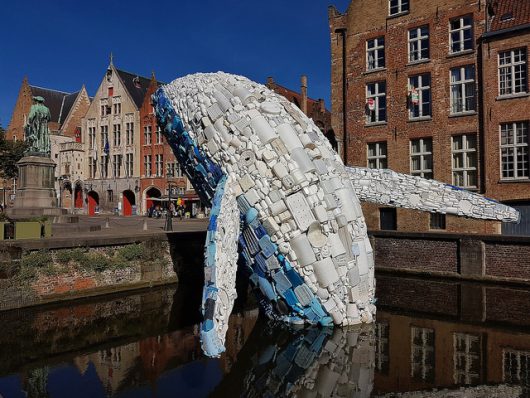Leaves of Green? Environmental Degradation and Poverty

At a historic United Nations Summit in New York in September 2015, countries from all over the world adopted the 2030 Agenda for Sustainable Development. This agenda aims to end poverty and inequality while protecting the environment and ensuring sustainable development. To do this, the agenda established 17 Sustainable Development Goals (SDGs) to be accomplished by 2030. These SDGs emphasize the relationship between environmental degradation and poverty and how sustainable development is critical to achieving these goals.
Sustainable Solutions
Sustainable development is defined by the U.N. as “development that meets the needs of the present without compromising the ability of future generations to meet their own needs.” Such a practice involves using natural resources in a way that will leave future generations with a healthy planet and enough resources for survival.
Earth has only a limited amount of natural resources, and how people and countries currently use these are unsustainable. Current consumption patterns and national policies of developed and developing nations alike are severely damaging the environment and jeopardizing the future of the planet.
Inefficient use of resources, wasteful consumption, pollution and waste are all key factors in environmental degradation. These practices also contribute to global poverty; poverty, in turn, then damages the environment. This vicious cycle will not end unless countries and individuals change their practices.
How Countries and People Harm the Environment
Natural resources are currently allocated to meet the wants of the few instead of the needs of the many. Developed countries account for 24 percent of Earth’s population but consume 70 percent of the world’s energy and 60 percent of its food.
Though developed nations are more energy-efficient than developing nations, consumption is so high that they still contribute a great amount to pollution. The extremely high demand of these countries leads to extensive deforestation so more land can be used for agriculture.
Developing nations further contribute to environmental degradation through inefficient energy use and environmentally-harmful practices like resource stripping. Countries resort to these harmful practices for a variety of reasons. Natural resources account for a majority of many developing countries’ exports. In an attempt to grow their economies, countries overexploit these natural resources.
In addition, a large part of many developing countries’ budgets is used to repay their debt, leaving little money to fund sustainable development programs. Many nations “believe they cannot afford the luxury of environmental protection” and feel forced to accept long-term environmental damage to meet their immediate needs.
Many poorer individuals in developing countries feel the same. They depend on natural resources for their livelihoods, which leads many to deplete these resources in order to survive.
How Harming the Environment Harms People
This environmental degradation disproportionately affects the poor, particularly those in developing nations. Overconsumption in wealthy countries means many people in poor countries don’t have enough food. One billion people worldwide are hungry, yet 1.2 billion are obese.
Air and water pollution are health hazards. Lack of clean water and air and poor sanitation and nutrition leaves people vulnerable to diseases and causes extremely high rates of death among children.
Poor people are also more susceptible to natural disasters, as they are more likely than wealthier individuals to live in areas where earthquakes, hurricanes, floods, fires and other disasters are common. These disasters destroy people’s livelihoods and homes, often forcing people to move to other areas. These environmental refugees can cause overcrowding and environmental stress in the areas they move to, which worsens both environmental degradation and poverty.
Unless people and countries change their practices, both environmental degradation and poverty will worsen. Natural disasters are becoming both more extreme and more common because of industrialization and human actions. As the world population continues to grow, more and more people will be hungry, live in overcrowded conditions and ultimately, live in poverty. Promoting sustainable development is crucial to a better future.
How to Change
Governments, businesses, organizations and individuals: all have a role to play in the effort to protect the environment and end poverty.
Wealthy nations must change their policies that are detrimental to the environment. Expressing support for the U.N.’s Sustainable Development Goals and implementing policies that align with these goals provides an example for other nations and encourages them to behave the same.
Foreign aid to developing countries can stabilize their economies, make them more financially and technically capable of focusing on environmentally-friendly development and help them establish practices that are consistent with the SDGs.
Accountability and Responsibility
Governments should also encourage individuals to take more responsibility for living sustainably and educate people on how to do so: eat less meat, shop locally, reduce food waste, use less plastic, recycle, switch to alternative forms of energy — the list goes on and on. (See here for more ways you can live sustainably). Businesses can do many of these actions as well as change their practices to be more environmentally-friendly.
“Saving our planet, lifting people out of poverty, advancing economic growth… these are one and the same fight” said Ban Ki-moon, the previous U.N. Secretary-General. “Solutions to one problem must be solutions for all.” Environmental degradation and poverty are directly related; to end one, the world must address both.
– Laura Turner
Photo: Flickr
